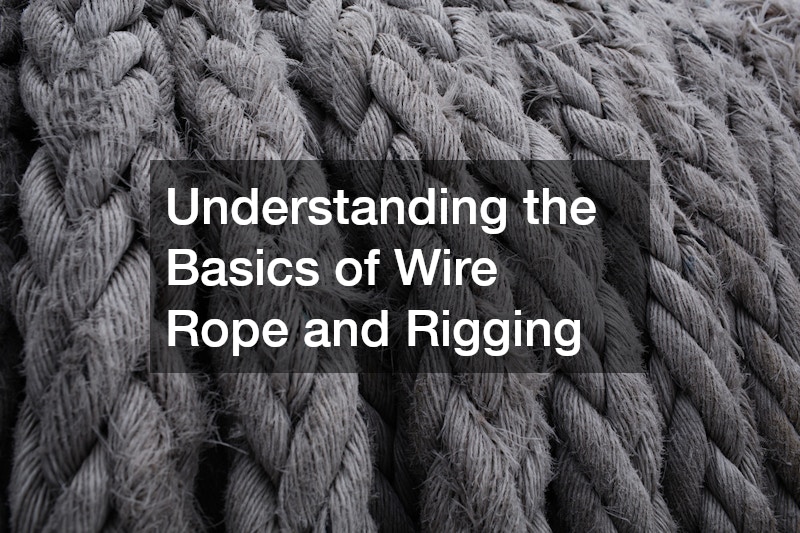Outdoor renovation projects are the ultimate way to transform the exterior of your home, enhancing not only the aesthetic appeal but also the functionality of…
Wire rope and rigging are fundamental components in various industries, from construction to maritime applications. They provide the strength, flexibility, and safety needed to lift,…
In today’s fast-paced world, improving the efficiency of your home has never been more important. Whether you are concerned about reducing your carbon footprint, saving…
State service of process is a crucial procedure in legal proceedings, ensuring that a party involved in a case is officially notified of the legal…
Market research is crucial in patient recruitment, playing a vital role in optimizing the effectiveness of clinical trials and medical studies. By conducting thorough market…
The world of aesthetic treatments is constantly evolving, offering individuals a variety of ways to enhance their appearance and boost their confidence. From minimally invasive…







